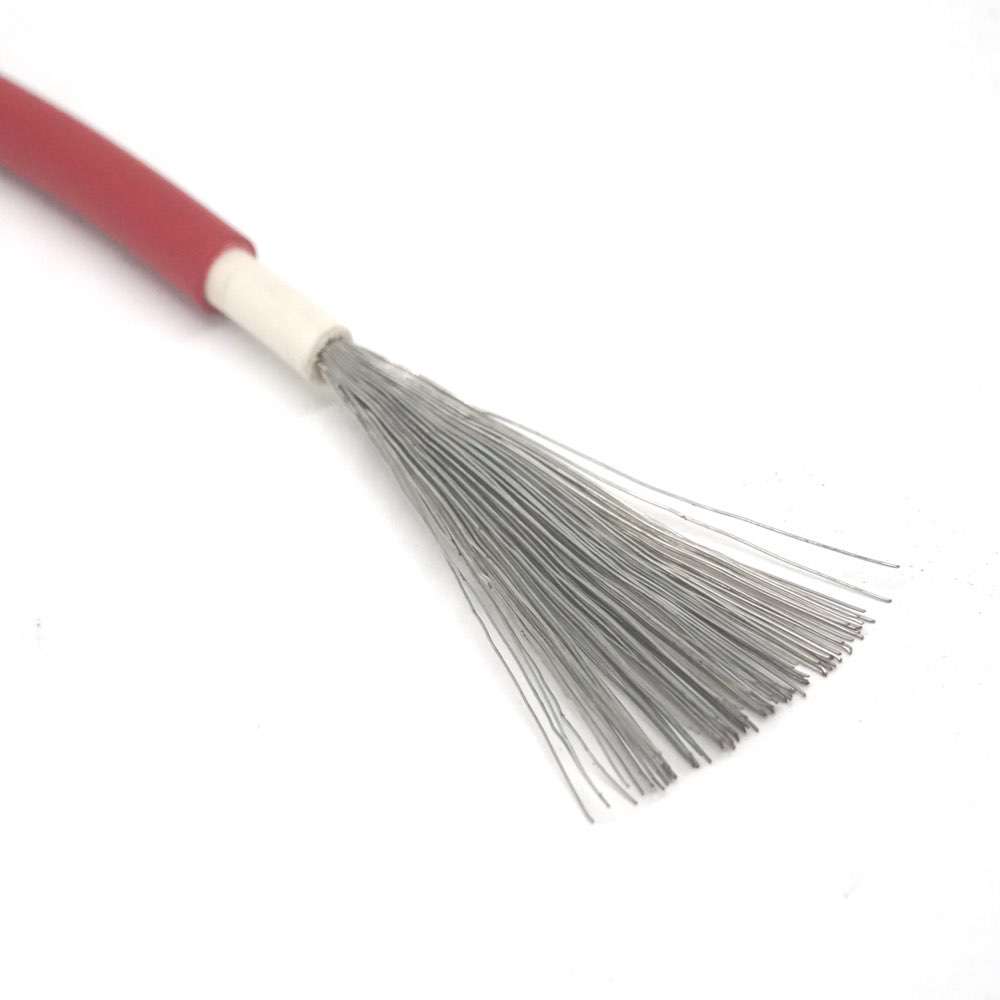 Author: Joey Wan
Author: Joey Wan  August 05,2022
August 05,2022
We need to be familiar with the material properties of solar photovoltaic cables, because by understanding its function, we can better understand the product in the age of technology, so as to use the product better.

Mechanical properties of insulation and sheathing materials
The insulation tensile strength before aging is ≥6.5N/mm2, the elongation at break is ≥125%, the tensile strength of the sheath is ≥8.0N/mm2, and the elongation at break is ≥125%.
After aging at (150±2)℃ and 7×24h, the change rate of tensile strength before and after aging of insulation and sheath is ≤-30%, and the rate of change of elongation at break before and after aging of insulation and sheath is ≤-30%.
Thermal extension test
Under the load of 20N/cm2, after the sample is subjected to the thermal extension test at (200±3)℃ for 15min, the median value of the elongation of the insulation and sheath should not be greater than 100%, and the distance between the marked lines after the test piece is taken out of the oven and cooled The percentage of the median value of the increase to the distance before the specimen is placed in the oven shall not be greater than 25%.
Thermal life
According to EN 60216-1, EN60216-2 Arrhenius curve, the temperature index is 120 ℃. Time 5000h. Insulation and sheath elongation at break retention rate: ≥50%. Afterwards, a bending test at room temperature was performed. The diameter of the test rod is twice the outer diameter of the cable, and there should be no visible cracks on the surface of the sheath after the test. Required lifespan: 25 years.
Special cables and components for photovoltaics not only have the best weather resistance, UV resistance and ozone resistance, but also can withstand a wider range of temperature changes.
How much do you know about solar photovoltaic cables? Share and research together.
Cables, we are professional!
